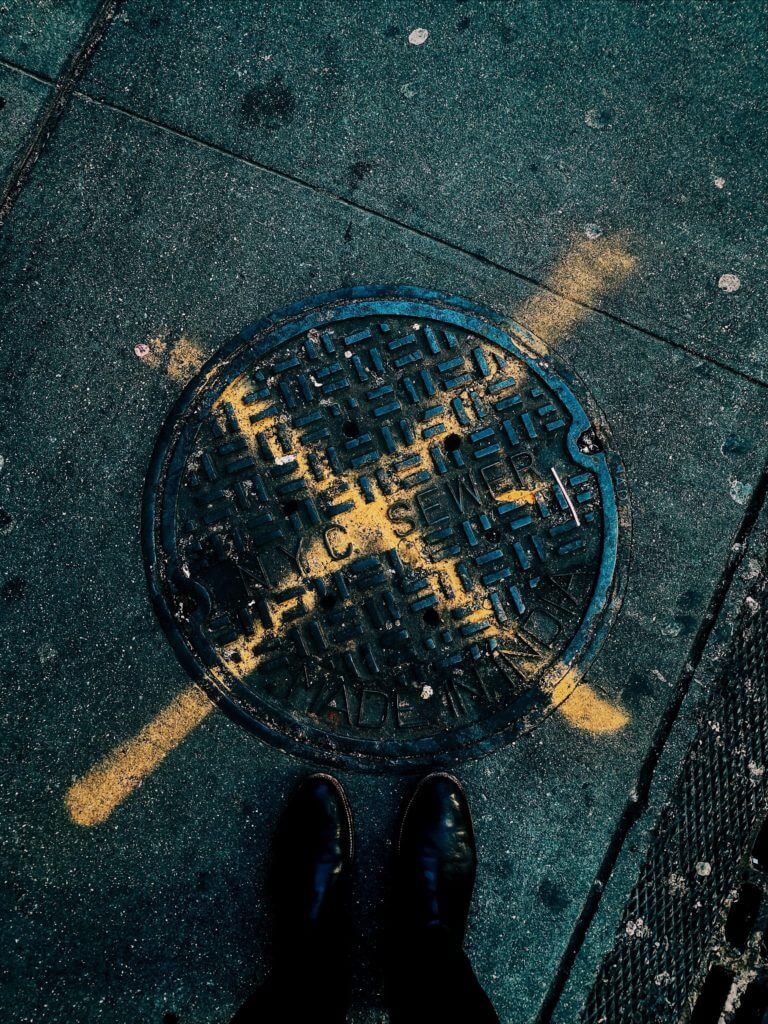A recent Netflix documentary, called Connected, highlighted the issue that many medicines and illegal drugs are present in rivers and other waterways. Indeed, environmental scientists who monitor the waterways could tell if a water sample was taken on a weekday or weekend by the levels of different recreational drugs present in it. The weekend samples were more likely to contain drugs such as cocaine, and MDMA (methylenedioxymethamphetamine, ecstasy), while samples taken during the week contained higher levels of antidepressants.
A study carried out by the European Monitoring Centre for Drugs and Drug addiction showed that across Europe, the amounts of different stimulant drugs detected in wastewater during 2019 increased, compared to previous years. The same study showed that there are regional variations of the amounts of different recreational drugs found in wastewater across Europe. For example, the highest levels of amphetamine were reported in cities in the north and east of Europe while the highest mass loads of MDMA were found in the wastewater of cities in Belgium, Germany and the Netherlands.
While this has been known for a while, it raises the issue of what happens to a drug or medicine after it has been consumed. The environmental residues of active pharmaceutical ingredients (APIs) are associated with environmental risks and health problems. Pharmaceuticals enter the environment mainly because of patient use, they end up in the sewer network either unchanged, or as a mixture of metabolites. From the sewer network they can pass into waterways and therefore into the wider environment. Drug manufacturing and manufacturing methods and the improper disposal of unused medicine are other sources of pharmaceuticals in the environment. According to a report published by AstraZeneca, 88% of the pharmaceuticals in the environment are there due to patient use, 10% are from unused medicines that have not been disposed of properly and the remaining 2% can be attributed to waste from production.
We still know little about what effect this has on human health, wildlife and to the wider ecosystems. The World Health Organization has said that “trace quantities of pharmaceuticals in drinking water are very unlikely to pose risks to human health because of the substantial margin of exposure or margin of safety between the concentrations detected and the concentrations likely to evoke a pharmacological effect”. However, with an increasing population, and as environmental monitoring becomes more sophisticated, and the detection limits get better, the amount of pharmaceutical drug mass measured in the environment will grow. In countries with modern sewage systems this may not pose much of an environmental risk, but it may cause issues in countries with inadequate systems, especially during times of decreased flow of rivers which result in low dilution conditions.
A regional cooperation platform to reduce pharmaceuticals in the Baltic sea was launched in 2017. Its main objective was to foster the implementation of physical measures which will result in the reduced emissions of pharmaceuticals into the Baltic environment. If more schemes like this one are launched, then we might see an increase in pharmaceutical companies working alongside national authorities to help reduce the amount of APIs which are released into the environment.
#DrugsInWasteWater #APIs #environment #wildlife #sewage
Sources
https://www.imi.europa.eu/projects-results/project-factsheets/ipie
https://www.sciencedirect.com/science/article/pii/S2405665019300162
https://www.emcdda.europa.eu/system/files/publications/2757/POD_Wastewater%20analysis_update2020.pdf
